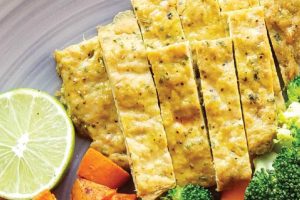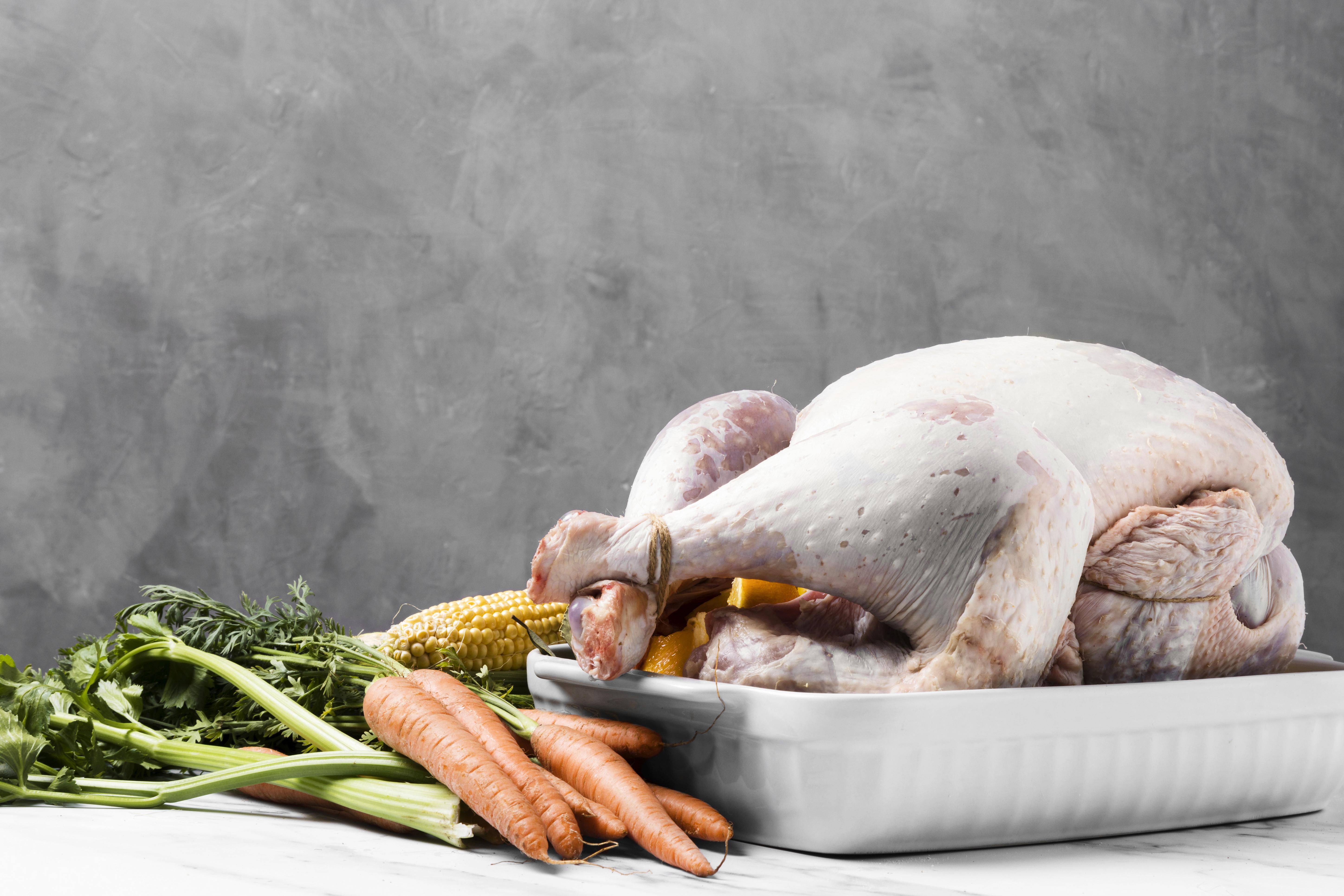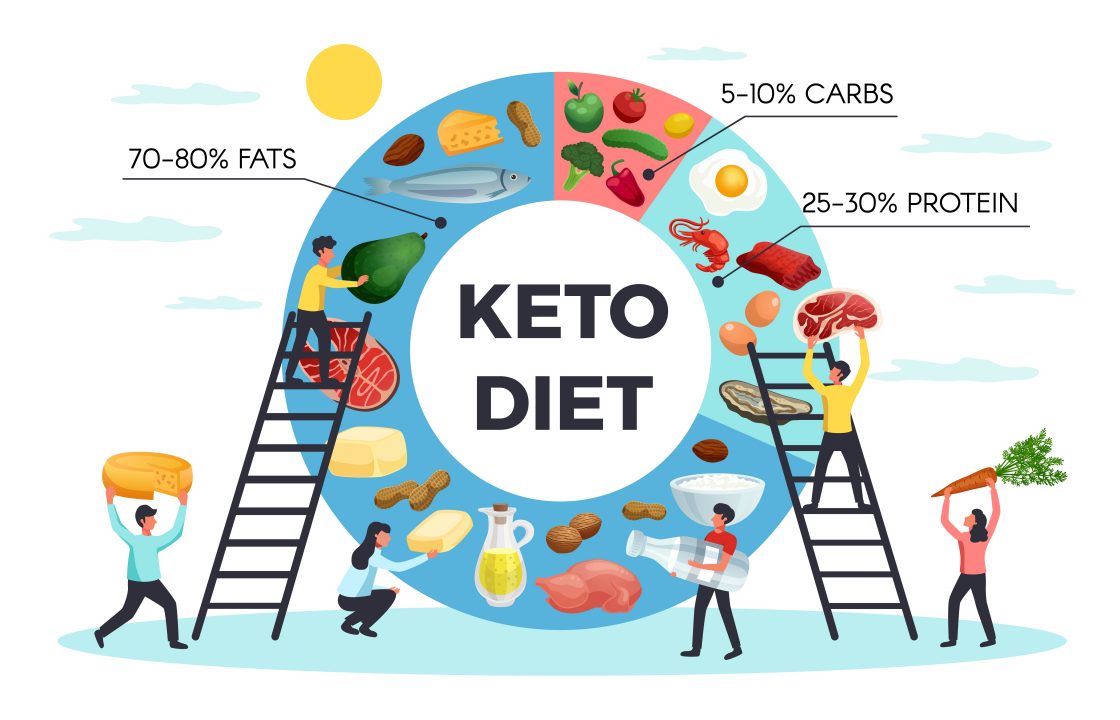Turkey is an excellent choice if you’re looking for a lean cut of meat. A 3-ounce meal of skinless white meat has 26 grams of protein, 2 grams of fat, and less than 1 gram of saturated fat. A 3-ounce serving of prime rib contains less protein and a lot more fat—28 grams of total fat and more than 11 grams of saturated fat, or half of the daily recommended intake for someone who needs around 2,200 calories. (For more information, see Comparing Meats below.) Turkey is also lower in calories.

Dark meat contains more saturated fat than white meat. Eating the skin adds a significant amount of these harmful fats to the equation.
Turkey is also a great source of arginine. The body uses this amino acid, like other amino acids, to build new protein. Arginine is also the raw material for making nitric oxide, which relaxes and opens arteries. The question of whether arginine-rich foods can help keep arteries open has prompted both research and discussion.
Turkey and its products have a good reputation for being nutritious and healthy. The composition of raw turkey meat depends on diet, age, sex, and growth environment. Consumers recognize turkey as a good protein source. Turkey meat is easily digestible, rich in B vitamins and iron, and includes all essential amino acids.

Turkey has low-fat content, and the saturated fat content is only about 30%. As turkeys mature, they store more fat behind the skin. Dark meat has a higher fat level, while light meat has a higher protein content. Moisture and some fat are removed during the cooking process, and the protein in cooked turkey is concentrated. Turkey products have a similar protein level to other processed meats. However, they have more moisture and less fat and energy. One of the main reasons for turkey’s growing appeal is its favorable nutritional profile.
Turkey includes precursor amino acids, which are turned into dopamine in the human body, elevating mood and motivating subjects. This amino acid is an antidepressant that helps us feel sharper and better.
Turkey meat is higher in protein and lowers fat than goose meat, which is good for persons with high cholesterol levels. Turkey meat also contains B-vitamins, phosphorus, and minerals, all of which are essential for the regular function of many human organs. Turkey meat is also low in allergens, making it suitable for baby feeding. As a result, turkey flesh is a good source of animal protein.
White vs. Dark turkey meat: Which Is Healthier for You?
White turkey meat has highly valuable dietary properties, including low-fat and high protein and essential amino acid content. However, the vitamin composition of white and dark meat does not significantly differ.
Chicken vs. Turkey: Which Is Better for You?
Both chicken and turkey are high-quality protein sources that can be a nutritious addition to a balanced diet. However, remember that eating too much of any single food, even meat, can be harmful to your health.
Although protein isn’t the only thing turkey and chicken provide, incorporating moderate amounts of chicken or turkey into your diet can be an excellent method to meet your protein needs.
When determining which option would best fulfill your nutritional needs and health goals, take into account the total nutrition content, which includes calories, fat, vitamins, and minerals, as well as protein.
| 3-ounce serving | Calories | Protein (grams) | Total fat (grams) | Saturated fat (grams) |
| Turkey, light meat | 125 | 26 | 1.7 | 0.5 |
| Turkey, light meat, and skin | 150 | 25 | 4.7 | 1.4 |
| Turkey, dark meat | 147 | 24 | 5.1 | 1.5 |
| Chicken, light meat | 130 | 23 | 3.5 | 1.4 |
| Chicken, light meat, and skin | 189 | 25 | 9.2 | 2.3 |
| Chicken, dark meat | 151 | 20 | 7.4 | 2.1 |
| Coho salmon | 151 | 21 | 7.0 | 1.6 |
| Ham, boneless | 151 | 19 | 7.7 | 2.6 |
| Beef tenderloin, lean | 275 | 20 | 20.9 | 8.3 |
| Leg of lamb | 162 | 24 | 6.6 | 2.4 |
| Duck, meat only | 171 | 20 | 9.5 | 3.4 |
| Duck, meat, and skin | 286 | 16 | 24.1 | 8.2 |
| Goose, meat only | 202 | 25 | 10.7 | 3.9 |
| Goose, meat, and skin | 259 | 21 | 18.6 | 5.8 |
| Prime rib, lean | 334 | 19 | 27.8 | 11.5 |
References:
https://www.ncbi.nlm.nih.gov/pubmed/12358469
https://pubmed.ncbi.nlm.nih.gov/26760744/
https://www.ncbi.nlm.nih.gov/pmc/articles/PMC4462824/





